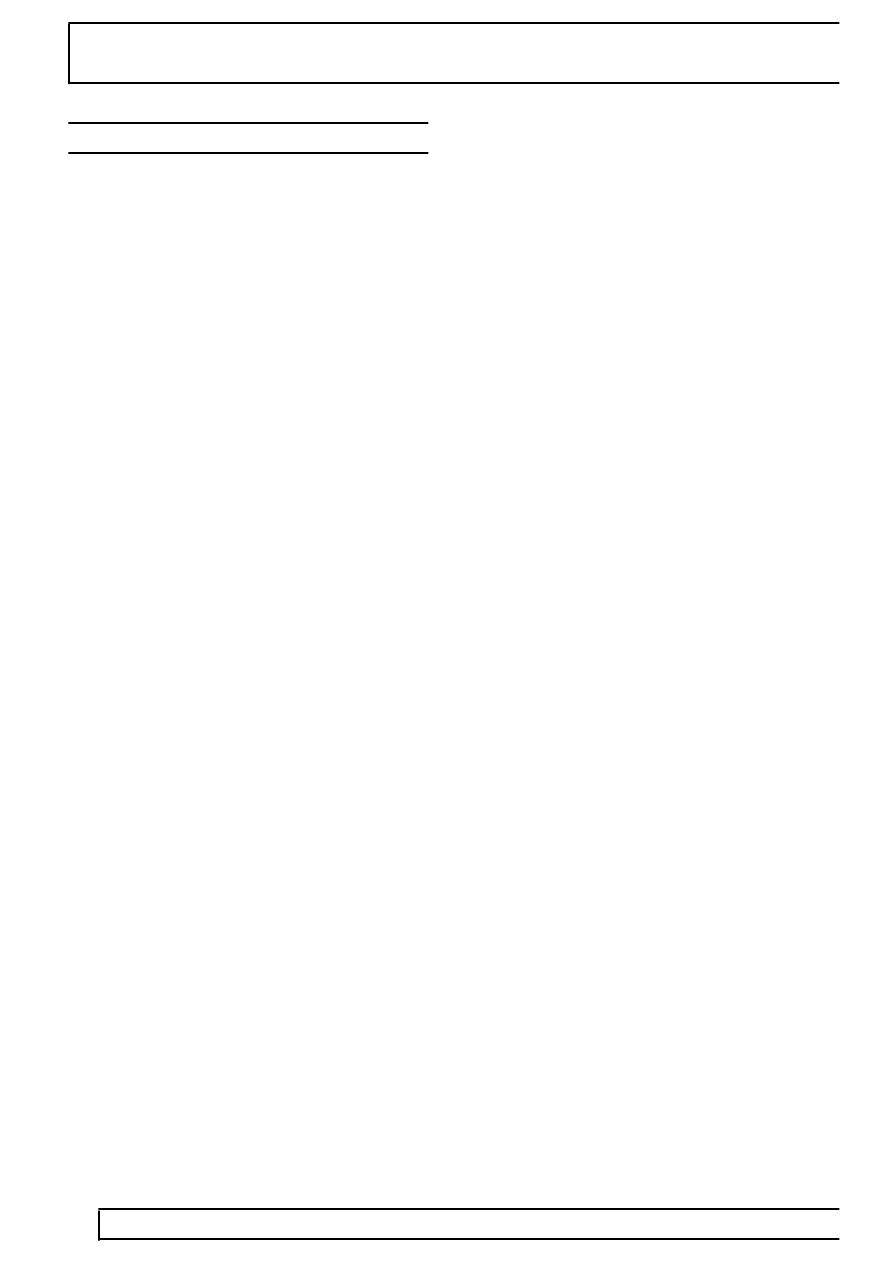300Tdi Discovery

12
ENGINE
2
FAULT DIAGNOSIS
ENGINE NOISES
Excessive or obtrusive noise from the engine
compartment originates from three main sources:
A.
The exhaust system, which makes an
unmistakable and easy to diagnose noise.
B.
External components emit the greatest variety of
noises, but are also easy to diagnose by simply
removing the drive belt.
C.
Engine internal mechanical noises which can
vary in volume and pitch and may be a
combination of, tapping - knocking or rumbling,
are the most difficult to diagnose. The following
is therefore a guide to diagnosis of engine
internal mechanical noises only.
Engine internal mechanical noises.
Single or multiple, light tapping noise, particularly
when engine is cold.
See Description and
operation, Description
1. Is engine oil level correct?
NO -
Top up to correct level.
See
LUBRICANTS, FLUIDS AND
CAPACITIES, Information,
Recommended Lubricants and Fluids
YES - Continue.
2. Is the lubricating pressure correct?
NO -
See Engine Oil Pressure Test
YES - Suspect valve operating mechanism.
3. To confirm diagnosis, remove the rocker covers
and with the engine idling, insert a feeler gauge
of 0,015mm between each rocker and valve
stem. A faulty valve operating mechanism will
emit a different noise when the feeler gauge is
inserted.
See Repair, Rocker Shaft Renew
Heavy knocking noise (particularly on load and
when engine is hot).
See Description and
operation, Description
1. Is engine oil level correct?
NO -
Top up to correct level.
See
LUBRICANTS, FLUIDS AND
CAPACITIES, Information,
Recommended Lubricants and Fluids
YES - Continue.
2. Is the lubricating pressure correct?
NO -
See Engine Oil Pressure Test
YES - Drain engine oil and filter, and examine
for metallic contamination.
3. Is the oil contaminated with metal particles?
YES - Suspect faulty big end bearings. To
confirm diagnosis, short out the ignition to
each spark plug in turn. The noise will
disappear or be reduced when the
cylinder with the faulty big end is shorted
out.
4. If noise is not conclusively diagnosed, check the
security of the flywheel and crankshaft front
pulley. Temporarily release the drive belt to
reduce general noise level and use a
stethoscope to locate source of noise.
Heavy rumbling noise (particularly during hard
acceleration).
See Description and operation,
Description
1. Is engine oil level correct?
NO -
Top up to correct level.
See
LUBRICANTS, FLUIDS AND
CAPACITIES, Information,
Recommended Lubricants and Fluids
YES - Continue.
2. Is the lubricating pressure correct?
NO -
See Engine Oil Pressure Test
YES - Drain engine oil and filter, and examine
for metallic contamination.
3. Is the oil contaminated with metal particles?
YES - Suspect faulty main bearings. If noise is
not conclusively diagnosed, check the
security of the flywheel and crankshaft
front pulley. Temporarily release the drive
belt to reduce general noise level and use
a stethoscope to locate source of noise.
